Vascular Diseases
Your Vascular Health, Reimagined From diagnosis to treatment—expert care starts here in Dubai.
Discover the most common vascular conditions, their meaning, and how advanced, non-surgical solutions can restore your well-being.
تحميل...
This evaluation is not a substitute for a direct medical examination.
Some symptoms may overlap with non-vascular conditions, so accurate diagnosis requires imaging and blood tests.
We recommend booking an appointment as soon as possible to confirm the diagnosis and receive an appropriate treatment plan.
A self-assessment tool to help users understand their condition.
Understanding Common Vascular Conditions
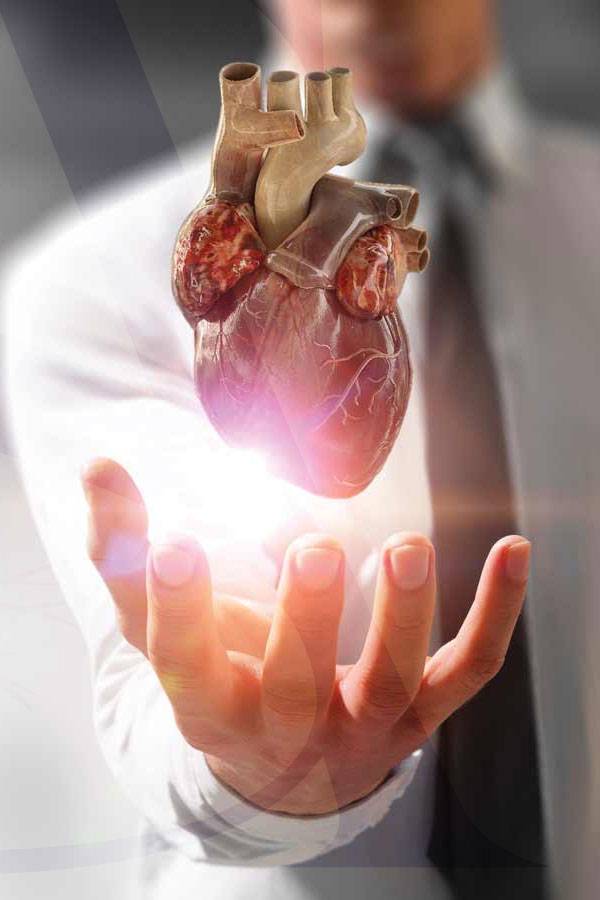

Arterial Disorders
When arteries become narrowed or blocked, blood flow to the limbs can be reduced, leading to discomfort and serious health risks.
What to watch for
- Leg pain while walking (that eases with rest)
- Coldness or numbness in the feet or hands
- Skin discoloration or slow-to-heal wounds
Treatment options include
- Minimally invasive procedures to open blocked arteries
- Stent placement to support blood flow
- Medications to improve circulation and prevent clots
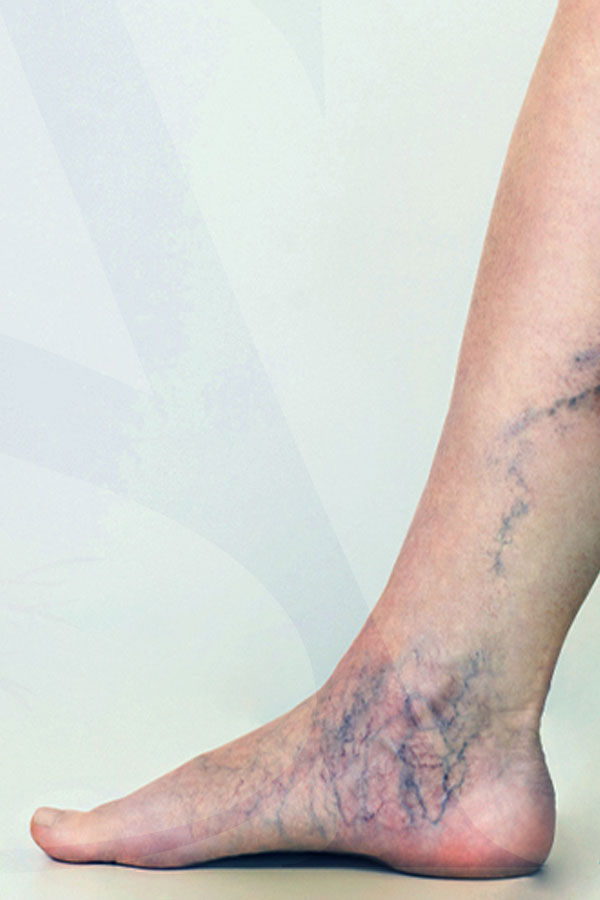
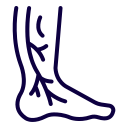
Vein Conditions (Varicose Veins & DVT)
Varicose veins are twisted, enlarged veins that can cause heaviness and swelling. Deep vein thrombosis (DVT) involves clots in deeper veins and can be life-threatening if not treated.
Common signs
- Visible, bulging veins
- Tired or heavy legs, especially after standing
- Swelling or skin color changes
Modern treatments include
- Laser or catheter-based vein treatments (no surgery needed)
- Compression therapy
- Medication to reduce clotting and ease symptoms
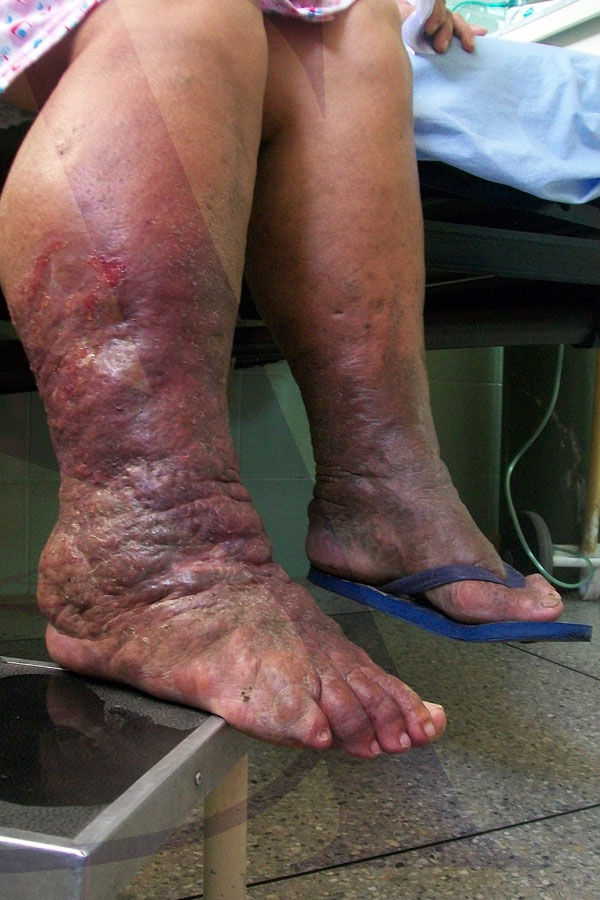

Lymphatic Issues
When the lymphatic system isn’t draining correctly, fluid builds up in the limbs, causing chronic swelling.
You might notice
- Long-term swelling in the arms or legs
- Tightness or heaviness
- Recurring skin infections
Treatment options
- Manual lymphatic drainage and physical therapy
- Advanced techniques for more persistent cases


Congenital Vascular Malformations
Some people are born with abnormal blood vessels, which can affect blood flow and cause cosmetic or medical concerns.
Typical signs include
- Vascular birthmarks or visible skin lesions
- Discoloration or swelling in affected areas
- Pain caused by abnormal blood flow
Treatment may involve
- Non-surgical catheter procedures to correct the malformation
- Laser therapy for visible skin issues
What Makes Dr. Saher's Approach Different?

Accurate diagnosis using the latest imaging technologies, which helps precisely identify the problem and develop a personalized treatment plan for each patient.

Easy and fast appointment booking without long waiting times.

Non-surgical treatments that offer patients a comfortable medical experience, using catheterization, laser, and sclerotherapy instead of surgical procedures.
Advanced and rare medical procedures at the regional level, such as:

Catheter-based treatment for pulmonary embolism – a life-saving solution for critical cases

Hemorrhoid treatment via catheter – no surgery, less pain, faster recovery

Uterine varicose vein embolization – a precise, non-surgical alternative to conventional surgery
All these procedures are done under local anesthesia, allowing patients to go home the same day and return to normal life with minimal recovery time.



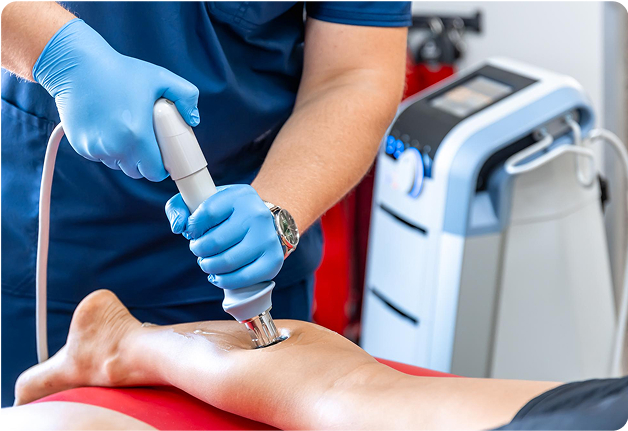
Your Questions About Vascular Health — Answered
What causes varicose veins?
They usually develop when vein valves weaken, causing blood to pool. Contributing factors include genetics, long hours of standing, excess weight, and pregnancy.
Can they come back after treatment?
Yes, new veins can sometimes be affected later on. But staying active, maintaining a healthy weight, and following your doctor’s advice can help prevent recurrence.
How long is recovery after laser vein treatment?
Most patients are back to their daily routine within a day or two. Strenuous exercise should be avoided for a few weeks to allow complete healing.
Is it safe to treat varicose veins during pregnancy?
Treatment is typically postponed until after childbirth, as symptoms often improve naturally. In the meantime, compression stockings can help relieve discomfort.
What are the warning signs of DVT?
Look for swelling, pain, warmth, or redness—usually in one leg. These are signs that require urgent medical attention.
Is DVT serious?
Very. If not treated, the clot can travel to the lungs and cause a pulmonary embolism—a life-threatening condition. Don’t wait to seek care.
How is a deep vein clot different from a superficial one?
Clots near the skin are typically less risky. DVTs form in deeper veins and pose a greater danger. A vascular specialist can assess the severity.
Can DVT cause long-term effects?
Yes. It can lead to post-thrombotic syndrome—chronic swelling, skin changes, or even leg ulcers if not appropriately managed.
What leads to an aortic aneurysm?
Common causes include high blood pressure, smoking, hardened arteries, and inherited risk. It often develops without noticeable symptoms.
When does it become a medical emergency?
If the aneurysm grows to 5 cm or more, the risk of rupture becomes high and requires immediate intervention.
Is surgery always necessary?
Not always. Smaller aneurysms may be managed with medication and monitoring. For larger ones, surgery or a catheter-based repair may be needed.
What's the difference between open surgery and stent repair?
Open surgery involves replacing the damaged artery through a major operation. In contrast, endovascular stenting uses a catheter to reinforce the artery from the inside—less invasive, with a shorter recovery.
What are the symptoms of PAD in the legs?
Pain while walking that disappears with rest is a classic sign. You might also notice cold feet, skin discoloration, or wounds that take too long to heal.
Is walking good or bad for it?
It’s one of the best things you can do. Walking encourages blood flow and helps your body create alternate routes around blockages.
What are the treatment options for PAD?
It often starts with lifestyle changes and medication. In more serious cases, angioplasty or stent placement can help restore circulation.
How does smoking affect PAD?
Smoking is a significant risk factor. It damages the arteries, speeds up blockages, and increases the chance of complications like blood clots.
Still have a question?
